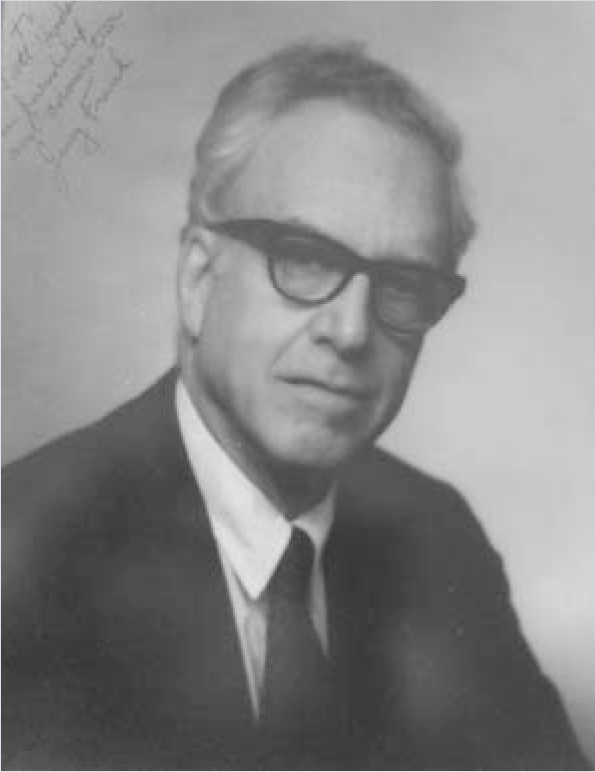Persuasion and Healing was one of the most significant books for psychiatry and clinical psychology during the 20th century. Thirty years after it was first published, Frank was joined by his daughter, Julia B. Frank, in an expanded edition in 1991. After training in psychology and medicine at Harvard and Berlin, then psychiatry at the Johns Hopkins University, he had come to formulate a truly fundamental question: what is happening when we make a troubled person better? In trying to answer this, Frank took the study of psychotherapy to a conceptually much higher level, doing so in a non-partisan manner in times when psychoanalysis was endemic and highly influential in America. He helped a whole generation think more deeply about psychotherapy, to see beyond the immediacy of the doctor–patient situation. The forces that are at work are also to be seen in religious healing ceremonies, in the prescription of a placebo and in rhetoric using hermeneutics. In each, the recipient is urged to accept the therapist’s assumptive world and is expected to be the better for doing so.

Jerome D. Frank, from the author’s personal archive.
As a registrar in 1963, I was encouraged to study Persuasion and Healing by a teacher who had known Jerry when they worked briefly together in Australia during the Second World War. It opened my mind to explanations that eclipsed the perplexing psychoanalytic principles I had been exposed to in Aberdeen. Here was a psychiatrist who was using cognitive psychology and social anthropology better to understand an important part of what a doctor tries to do. But at that time, any ambitious trainee in psychiatry was expected to have the physician’s Membership. So I had to reconcile Persuasion and Healing with the large body of knowledge required for advanced medicine. This made me see that psychiatry offered a wonderful diversity of ideas, although integrating it all proved demanding as well as addictive.
Frank showed that the features shared by all the psychotherapies account for much of their effectiveness. He identified four: an emotionally charged relationship, a healing setting, a rationale or myth providing a plausible explanation for the symptoms, and a procedure to resolve them. Cognitive–behavioural therapy no doubt fits this comfortably. But what about the new internet-based treatments, where no therapist is physically present? Frank would probably suggest that the recipients must think some clever person is behind it.
One further lesson comes from the book, and it is rather chastening. I once took Jerry Frank bird-watching in Tasmania. If I reminisce about that visit, then ask registrars, psychiatrists or clinical psychologists under the age of about 60 years what they think of Frank’s book, most have never heard of it. Only a few know his name. Not many names in psychiatry endure across centuries, so perhaps this does not greatly matter in the long term. But what does matter is ignoring the ideas he set out for us, in helping understand a large part of what we do.





eLetters
No eLetters have been published for this article.